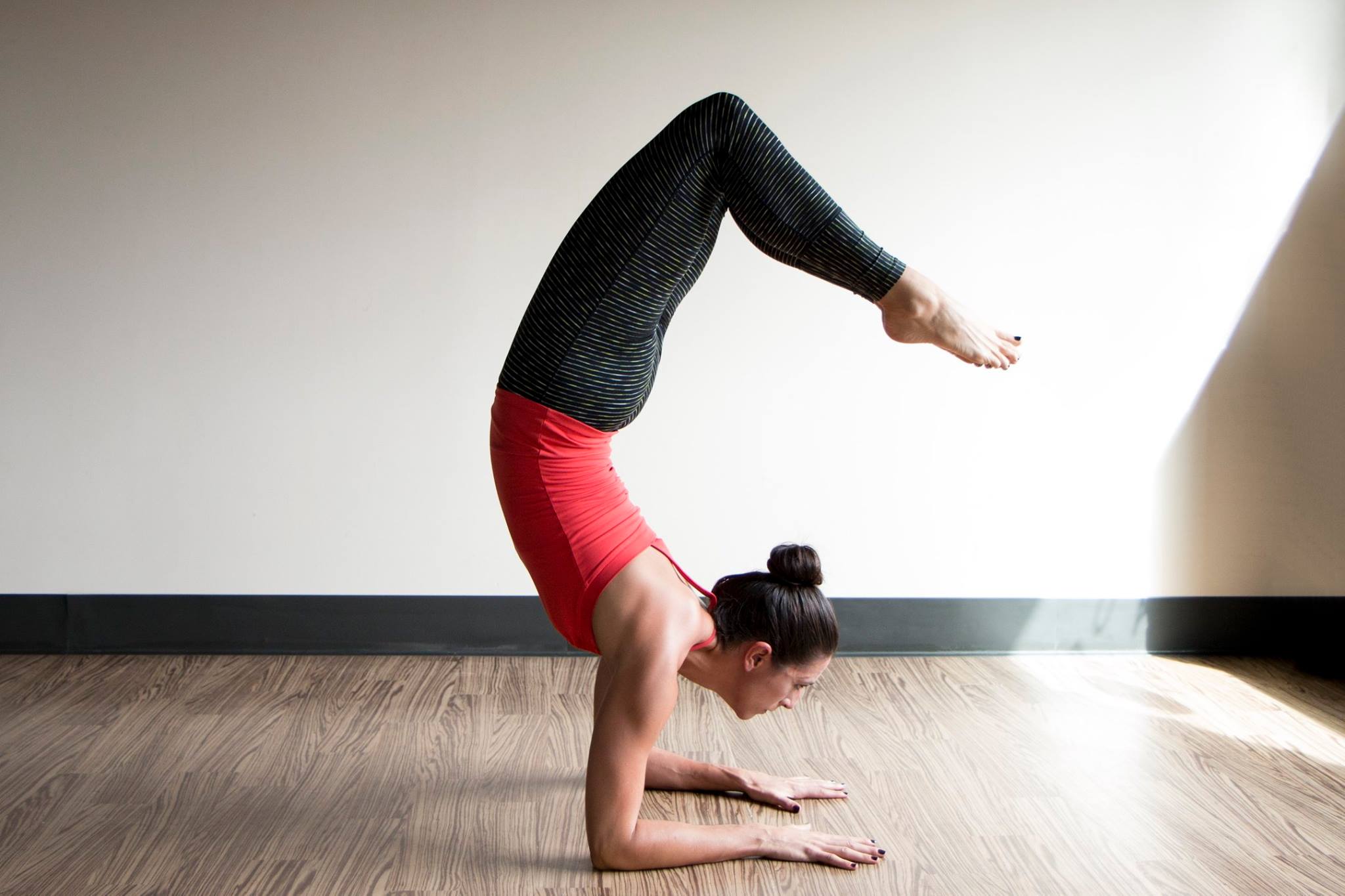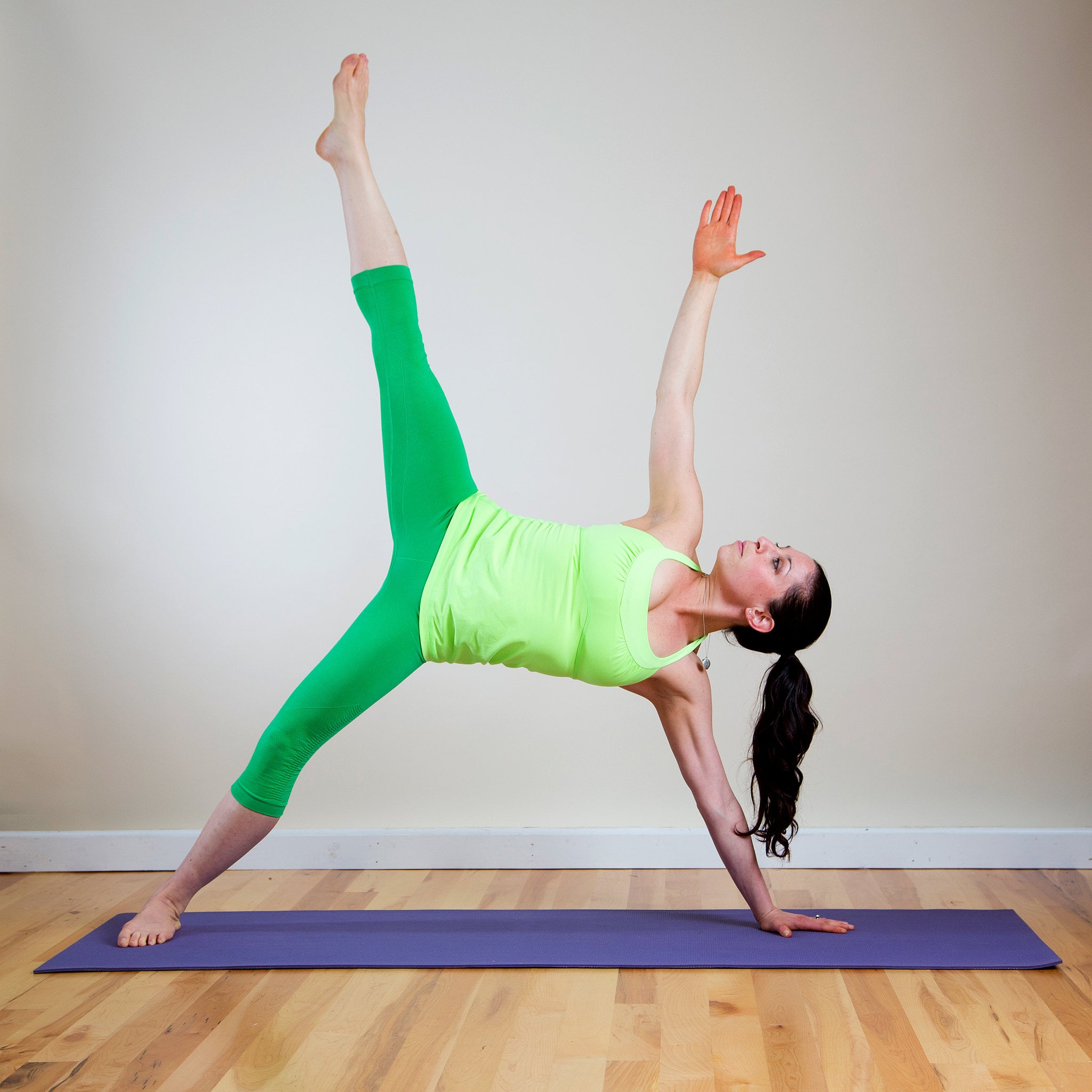

#Core yoga pose pro
Pro challenge: If you have some yoga experience, you can move from this deep squat into crow pose (bakasana), a challenging balance asana. Bring your upper arms to the inside of your knees and press your legs open while bringing your palms together in front of the heart.

Now drop your hips back and down, keeping your chest lifted as you sink into a deep squat position.Rotate your legs out slightly so that your toes point to opposite corners of the mat. Step your feet slightly wider than hip-distance apart.You’ll also feel the muscles in the feet and ankles become active as you hold this position. This deep squat pose allows you to increase hip flexibility while strengthening the muscles in the back and thighs. Hold for a few breaths, then repeat side plank on the other side. Then place the left hand back on the mat to find basic plank pose again. Take the left hand and extend it up toward the ceiling in line with the shoulders. Weight will be evenly distributed on the right hand and the outside of the right foot. From the straight arm plank position, shift your weight into your right hand while rotating the entire body to the left side. Pro challenge: If you’re ready to take this pose to the next level, move from plank position to side plank on both sides. To make this pose easier, bend the elbows to 90 degrees and drop down onto your forearms.Hover over your mat and hold for 30 seconds or more.Walk your hands out and away from the body until the knees come off the floor and everything from the tip of your head to the heels of your feet is in one straight line.Start in a kneeling position on your mat.Even the leg muscles must be active to hold a plank your quads and calves get a workout during this move too. It is highly effective at promoting stability and strength in the abdominal muscles (rectus abdominis, transverse abdominis, internal and external obliques), back muscles (erector spinae, trapezius, rhomboids), glutes, shoulders and chest. Plank pose has become a go-to core training exercise.


 0 kommentar(er)
0 kommentar(er)
